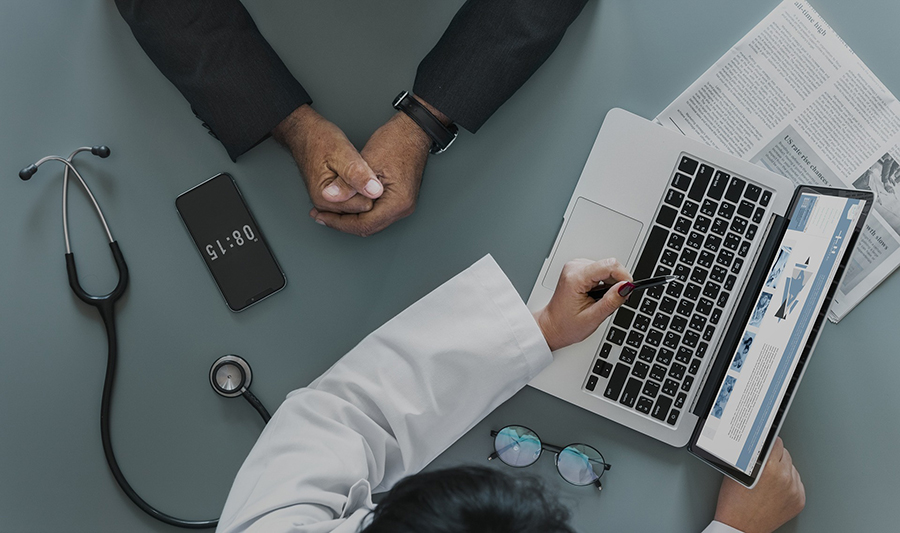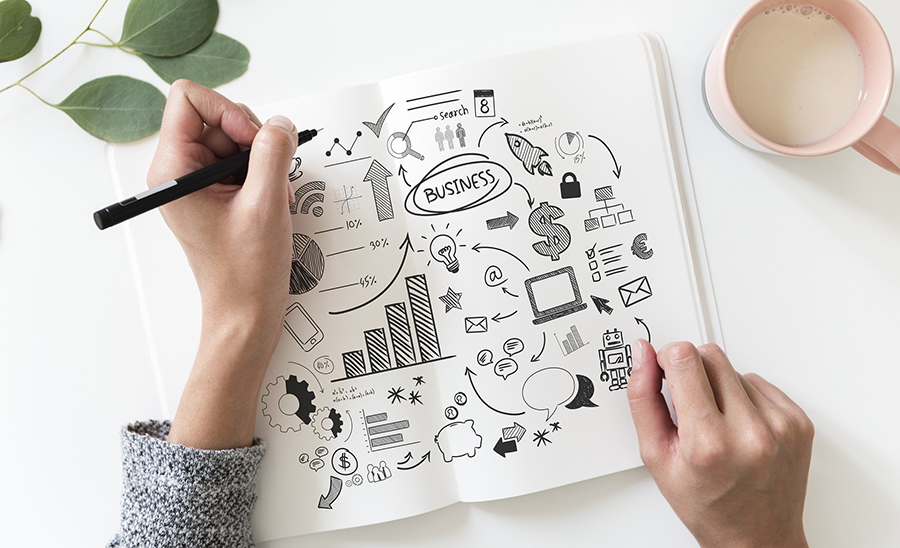You probably came here because your computer is running slow, overheating or you just would like to improve the speed of your machine. If the performance of your machine is annoying you, it does not necessarily mean that you need a new computer. However, I believe that you already know that because you ended up here.
I will share with you some simple as well as some more complex fixes and tasks that you can implement to improve Windows performance. Try all of these before considering buying a new laptop or PC.
So here are 15 tips to make your computer run faster.
Close Unused Browser Tabs
One thing that can slow your computer a lot is Internet browsers because most of them use a lot of RAM (Random Access Memory) and RAM has a big impact on the overall performance as well as the speed of your computer. So the more tabs you have opened in the browser the bigger the consumption of the memory.
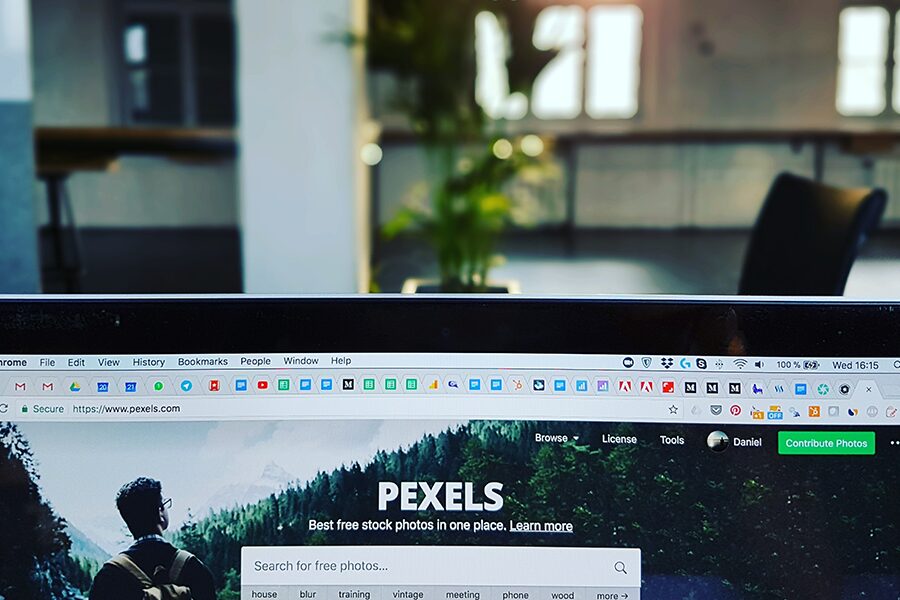
You can try a little experiment to see how much memory do browser tabs use. Try to open Google Chrome or any other browser and open only one tab, then open Task Manager with ctrl + alt + delete and take a look at the memory. After that minimize the Task Manager and open like 5-10 different pages in separate tabs. I can guarantee that you will see a significant increase in memory usage.
So be cautious and close unused browser tabs. You can also increase speed by just saving them to favorites bar and open only when you need them.
Switch Your Windows Power Plan to High Performance
There is a useful option on Windows that lets you choose the preferred power plan of your laptop. For the most machines, the default option is Balanced power plan which optimizes the performance of the hardware for simple balanced use. This is a good option when you need to save battery life and you do not have your charger. However, it might make your laptop to run a bit slower.

Therefore, you might create your own power plan which increases the performance of every hardware piece allowed or you can just High-Performance power plan available in every laptop. To find the Power Options just locate the battery logo in the right corner of the taskbar, press the right mouse button and choose “Power Options”. After that, you should be prompted with “Power Options” window which allows you to choose a power plan.
Keep in mind that if you have a noisy fan, this might increase the noise of it as the computer uses more resources and might need more cooling.
Disable Visual Effects and Animations
If your laptop runs Windows slowly, you might want to trade off the appearance of the OS for more speed. It might not even impact the speed of your PC if it is fast enough, however, I think it is worth a try.
The Performance Options gives you the possibility to turn off and on visual effects (such as taskbar animations, shadows, fade effects) one by one or you can choose to adjust either for best performance or appearance. Also, you can allow Windows to choose the optimal settings for your laptop.
To reach the Performance Options press the Start button and click on the Control Panel. After that write “Adjust the appearance and performance of Windows” in the search bar and then press on the option with the same name. This should prompt you the Performance Options where you can choose what suits you. I recommend only to leave tick on the “Smooth edges of screen fonts” as it makes the text more readable and it is the only one I use.
Delete Programs You Stopped Using or Never Used
Many laptop and desktop manufacturers include packs of software (called bloatware) in their new computers that average consumer do not even care about. Most of them are trial or limited versions of those particular programs that expire quickly or does not provide one with full functionality. It is because manufacturers hope that you will try them, you will like them and you will buy a full or upgraded version of that software. If you do not use such software or you just have programs that you stopped using, it might be a good idea to delete them as those programs might be slowing down your computer.
It does not matter if it pre-installed software or a software program that you stopped using, it is always good to clean up your computer because those programs can be eating your precious memory, disk space, and processing power. Consequently, your computer starts to be much slower. Even if your computer is old you should try to take a look if there is not some kind of old leftovers from your manufacturer that you never noticed. By the way, do not be afraid to delete old utility programs such as disk cleaners, backup tools, performance enhancers, and anti-virus software because they might be quietly running on your computer and wasting the resources you need.
To delete such programs go to Windows Settings (Control Panel) and select Apps & Features. Now, in that window, you should be able to completely erase such programs from your computer.
Limit the Number of Programs You Run at Startup
There are so many programs that are designed to start automatically every time you start your computer. They might quietly run in the background and waste your precious computer resources making your computer run slower than it could. It might be convenient for the programs that for example track your time on a computer such as RescueTime and Antivirus software. However, there are a lot of programs that you rarely use and they still run in the background slowing you down.
I want to warn you that some programs must start on the startup so be careful which ones you disable or delete. Most of the time you can exit such programs in the bottom right corner of the taskbar but this method only temporarily turns them off and they will start again on another startup.
If you want to make that they would not start on Windows Startup, you need to go again to the Task Manager. Press Ctrl + Alt + Delete and open the Task Manager. At the top menu of the Task Manager press “Startup” and you can start disabling programs’ ability to start on Windows Startup. However, if you do not see such menu option, then at the bottom of the Task Manager press “More Details” and you should see “Startup” at the top. Also, if you are the advanced user you might use AutoRuns for Windows from Microsoft.
Defragment Hard Disk Drive
If your computer is still working on an HDD, you might consider defragmenting it. When your Hard Disk Drive is fragmented, it requires that your HDD would do some more work as usual. Consequently, your HDD’s read and write speed decreases so your computer slowdowns accordingly. Windows has a tool Disk Defragmenter that rearranges your fragmented data on the HDD so it could perform more efficiently. It runs on a regular basis automatically but you can also defragment your Hard Disk Drive manually.
By the way, you do not need to defragment Solid State Drives because SSD’s does not have any moveable parts and defragmentation can even decrease the lifetime of your SSD. You can read more on why you should not defrag your SSD to understand why it is bad and why defragmentation is beneficial for HDDs.
Run Less Programs at the Same Time
This is an obvious one if you want that your computer would work smoother, just run fewer programs at once. It also includes fewer browser tabs as mention before. It might be a good idea to rethink and change your computing habits if you do not have a PC that can handle your behavior.
Sometimes just disabling startup programs might help, however, other times you might need to be more cautious on what to use and what software to exit to increase speed. Several things you might consider closing to increase speed is to close browser tabs, using only one antivirus programs instead of several, deleting useless utility programs and closing unnecessary emails.
Try the Windows Performance Troubleshooter
If your computer suddenly started running slow, one of the first things you can do is to run Performance troubleshooter. This in-built Windows Performance enhancer can automatically find and fix problems that are on your computer.
This tool examines the programs that might decrease the performance of your computer. It checks how many users are logged in as well as what programs are running unnecessarily that impacts the speed of your computer.
Add More Random-access Memory (RAM)
Another thing that you might consider doing to speed up your computer is to buy and add more RAM to your PC. If you have a desktop you can even upgrade your CPU and GPU but I am not going to dive how to do it here. For now, you can check for tutorials online.
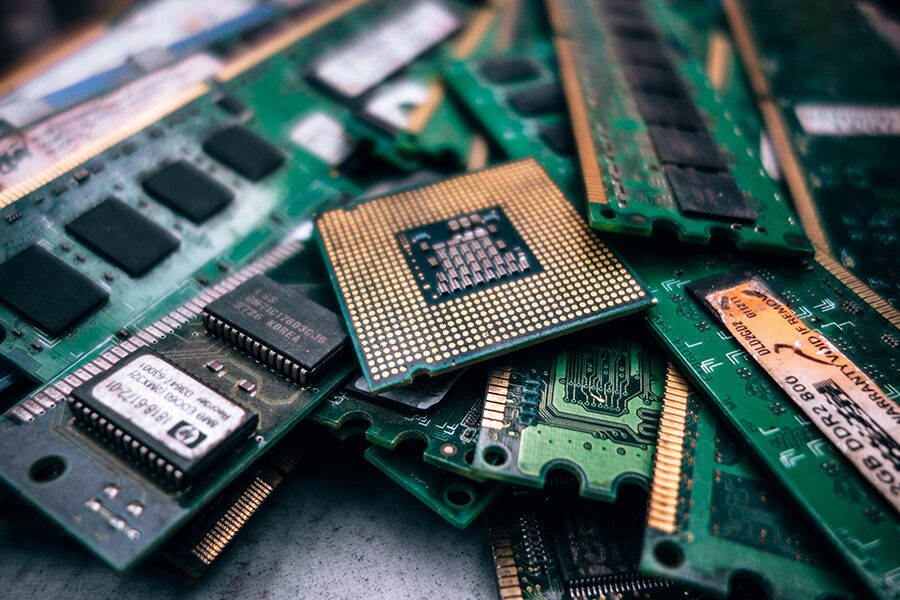
Mostly, if your computer is running too slow is due to lack of RAM. You might be able to run 32-bit version of Windows 10 on 1GB as well as on 2GB of RAM. However, 4GB should be a minimum you consider if you want a decent speed for everyday tasks. But I would recommend getting at least 8GB if you are serious about the stuff you are doing on your PC and you need good performance.
It is not that hard to add more RAM sticks to your PC no matter if it is a laptop or desktop. Nevertheless, you will need to do some due diligence before attempting to buy and upgrade your PC. You need to know that different PCs have different numbers of RAM slots, accept different RAM sticks and even might have a limit of what kind of size of RAM it can make use of (i.e. 32-bit systems can only access around 3.2GB of memory because of memory addressing limitations). If you are not sure how to do it, ask for help online or contact your local computer repair services.
Also, Windows has a cool option called Windows ReadyBoost. This tool allows your computer to use removable media devices that are similar in structure to SSD (are made of NAND gates) such as USB flash drives, SD cards, to increase the performance of your PC.
Scan for Spyware and Viruses
If your computer suddenly started crashing, runs slowly, somehow random pop-ups appear on the screen and you hear a sound of Hard Drive constantly running, your PC might have been infected with malware. Do not start to panic right away, must of the viruses and spyware are easily detected with an antivirus or antispyware update.
To fight with it you can update your current one or install high-quality antivirus and antispyware software such as Avast Antivirus. Also, another way to get rid of them would be just to reinstall the Windows and be careful next time while surfing the net and installing programs from unknown sources. Try to behave safely on the internet and do not install software from random websites.
Clean Up Your Computer’s Hard Drive
We already mentioned that you need to delete unnecessary files from the computer. However, you do not exactly clean up your Hard Drive dully doing that.
From time to time you should run a Disk Cleanup on your computer. You can do it by using third party software such as Ccleaner or using Microsoft’s Disk Cleanup tool that you can find entering “Disk Cleanup” into the taskbar’s search option.
Replace Your Old Thermal Paste and Clean Inside of the PC
If you started noticing that your computer is running hot and the fan does not stop working, it might be the case that you have a lot of dust inside of your computer and your thermal paste has dried out.
You might think that this step is pretty hard but it is not. You just need to pop your PC open (IFIXIT has a bunch of repair guides for you that will help to find how to pop up the back of your laptop) and use compressed air to clean the inside of the computer from dust, try to be gentle and careful. If this does not help you, then you should consider repasting your CPU and GPU. Here is how to apply thermal paste. It might not increase the performance so much, but at least your fan might get quieter and your computer will not run so hot.
I want to mention that you are doing this at your own risk. If you are not sure how to perform such actions and Google does not help you, then better stay safe and bring your PC to your local computer repair service to perform such actions instead of you.
Add or Replace Thermal Pads
Thermal Pads cannot be a replacement of thermal paste, however, it might be a nice addition that might slightly increase the performance or at least make your computer a bit cooler.
Upgrade to SSD
Upgrading to SSD can bring you an enormous increase of speed and overall performance (not to a portable SSD as in the image but to the internal one). SSDs are not as cheap a HDDs per gigabyte basis, but the difference of read/write speeds are pretty significant.
Although you should get a pretty good increase in speed, you still need to be cautious what are you buying because some low-end SSD can be even slower than a high-end HDDs so you need to do your research. Also, SSDs come into interface technologies older SATA 3Gb/s and newer as well as faster SATA 6Gb/s. Some of the later SSDs might not deliver the best performance for older devices. So when buying SSD do not go to the newest and most expensive one, you might be better of just buying older and cheaper ones if you operate older technology.
Reset Your Laptop or Desktop
The last option that you can take to increase the performance of your PC, is to reset your device. I can almost guarantee that resetting your Windows will increase the performance of your PC because you will start again with a fresh and clean Windows 10 copy without any unnecessary files.
When resetting you will have two options either to remove everything and start from zero or to keep all your files. I recommend you to install a clean new copy of Windows 10 because it will benefit performance more. However, keep in mind that you will need to backup all the information you need because it will be removed without restoration possibility.
To reset your device go to Start Menu then settings, click on Update & Security and click on Recovery. After that, you should see “Reset this PC” and press “Get started” button, then choose wherever you want to keep your files or remove everything. Follow the instructions and your computer should start resetting in no time.
Final Thoughts
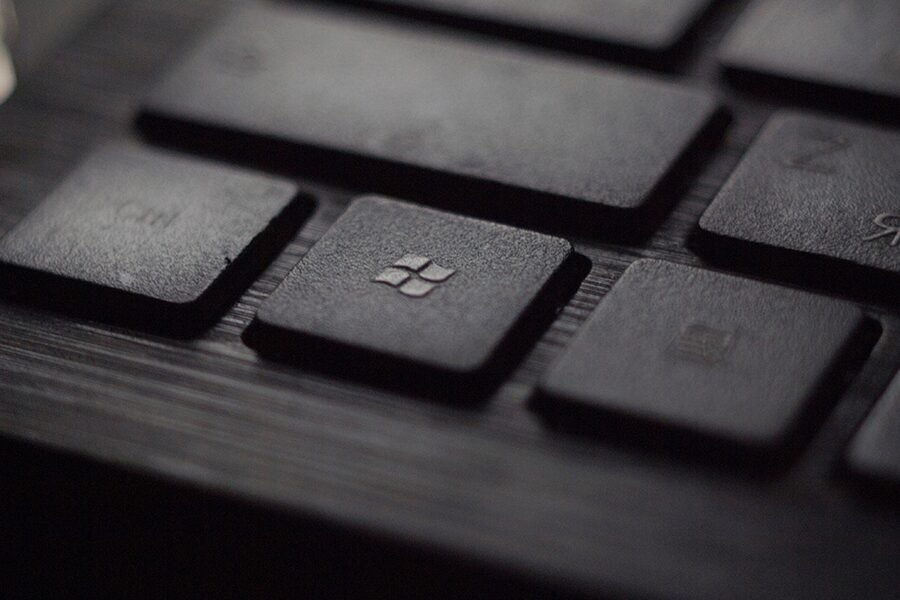
It is not necessary to buy a new computer every two to four years if you are just performing simple office tasks and do not do computationally or graphically demanding tasks. Sometimes just simple computer cleansing can give you a boost you need. Other times you might need software or hardware updates if you want a bigger increase in performance. I recommend to try the easy things first and only if they do not work, you should try to tinker with hardware or run to buy a new PC.
Nonetheless, sometimes these tips cannot increase the speed that the computer would be usable again. Therefore, I recommend taking a look at our top MacBook Air alternatives. Maybe you will find a suitable option for you.
If you think that we missed something or you found a mistake in the text, do not hesitate to contact us via our Contact page. We might give you a reward for it.



